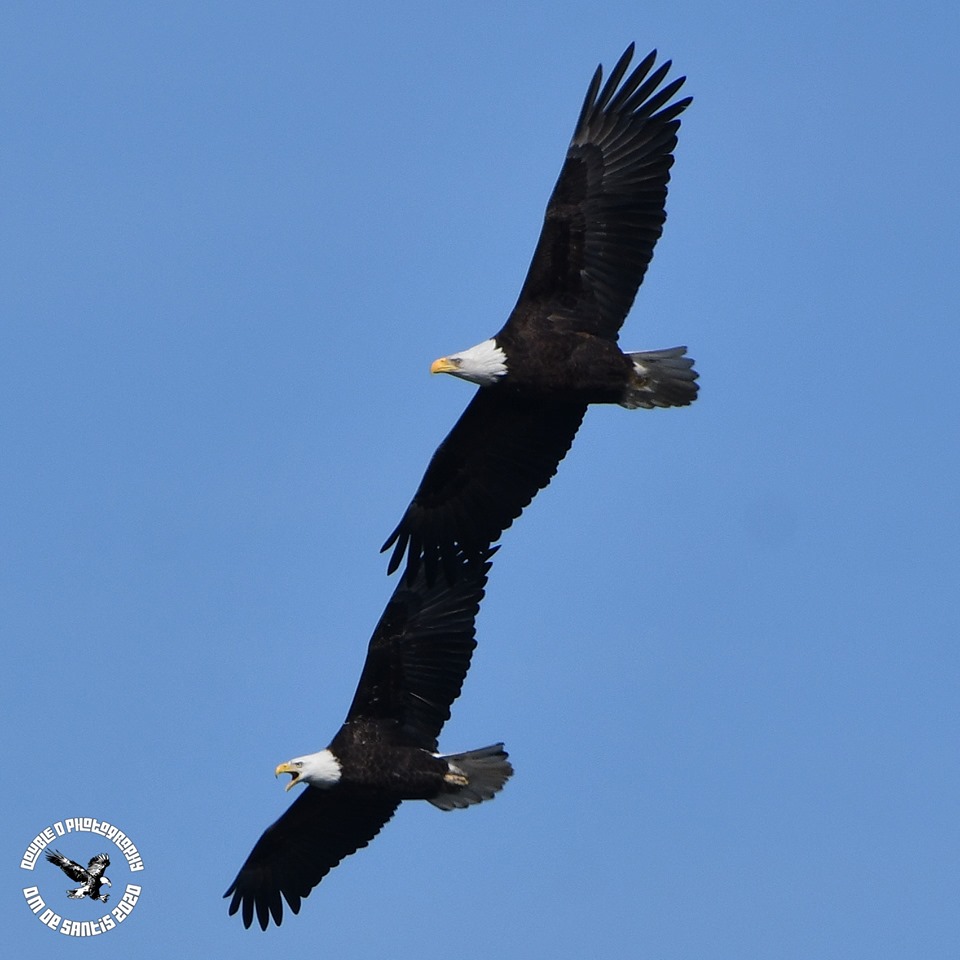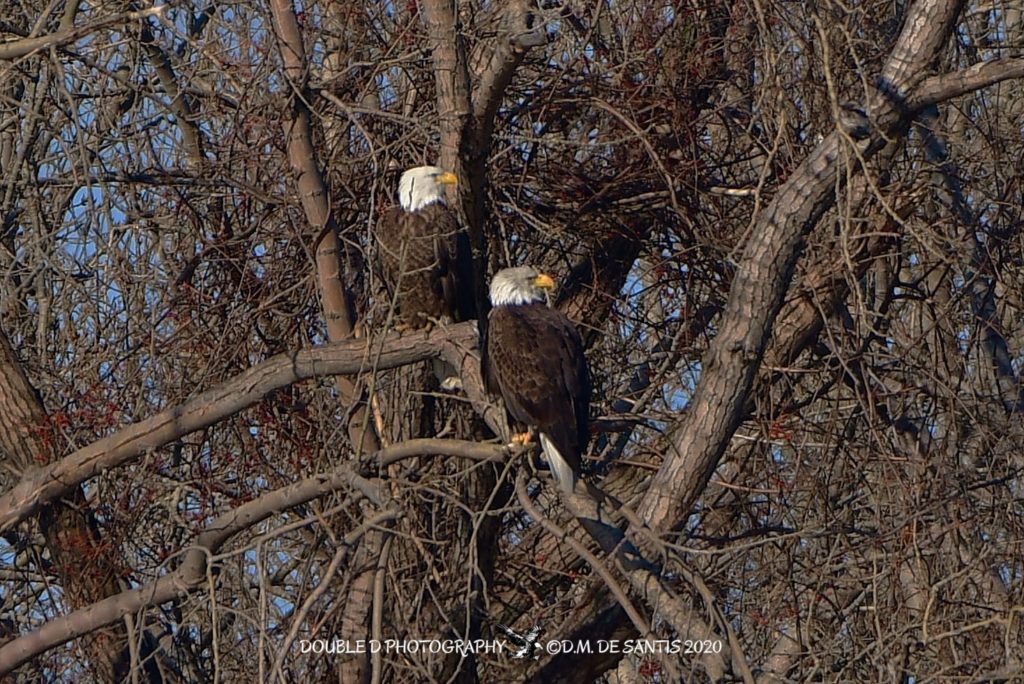
Great shot by Rich Brown of a Common Grackle feeding at DeKorte this past weekend. Thanks Rich!


Join the Bergen County Audubon Society on Earth Day as they lead a walk through DeKorte Park, the gem of the Meadowlands park system, from 10 a.m. to noon. Keep your eyes peeled for spring migrants and raptors. There will be enough walk leaders to ensure adherence to outdoor gathering protocols. Social distancing (6 feet apart) and masks are required.
Contact: Don Torino at greatauk4@gmail.com or 201-230-4983.

Join the Bergen County Audubon Society on Earth Day as they lead a walk through DeKorte Park, the gem of the Meadowlands park system. Keep your eyes peeled for spring migrants and raptors. There will be enough walk leaders to ensure adherence to outdoor gathering protocols. Social distancing (6 feet apart) and masks are required.
Contact: Don Torino at greatauk4@gmail.com or 201-230-4983.

MEADOWLANDS BREEDING BIRD ATLAS
Drew McQuade from the NJSEA Natural Resources Department will be heading up the compilation of the first ever Meadowlands’ Breeding Bird Atlas. This project is being designed and led by NJSEA staff, but will require volunteers to assist with the approximately 2 month field effort this summer.
A Breeding Bird Atlas is a population survey project designed to cover large geographic areas. Each participant in the project, referred to as an observer or ‘atlaser’, will be assigned one or more blocks in which to conduct extensive surveys. The observer will record all species present in the survey block, and will also look for behaviors which provide evidence of breeding. NJSEA will collect the data and analyze the results, with the end product being a comprehensive database of breeding bird distribution in the Meadowlands and publication in a scientific journal.
Training will be provided to those interested in participating. Some experience in bird identification is needed to assist, but species that will be identified will be those you typically identify here in the Meadowlands District. The total time effort that will be required from volunteers is approximately 5-6 hours total over the months of June and July.
If you are interested in signing up as a volunteer, please email Drew McQuade (dmcquade@njsea.com) and Terry Doss (tdoss@njsea.com) before May 7, 2021.

Join the Bergen County Audubon Society on Sunday, April 18, for a walk through this great place for bird watching! The walk runs from 10 am to noon. There will be enough walk leaders to ensure adherence to outdoor gathering protocols. Social distancing (6 feet apart) and masks are required.
Contact: Don Torino at greatauk4@gmail.com or 201-230-4983

Back in the early 1990s when the Bald Eagle began its dramatic comeback from the ravages of DDT it was the hope of New Jersey biologists that maybe one day, if everything went right, it might be possible to get back to the pre-DDT numbers of nesting Bald Eagles in the State, which was 20. Today of course, as most of us know our Bald Eagle numbers have risen to more than 220 nesting pairs in New Jersey, a number no one ever believed could ever be possible.
In fact 2020, was a record breaking year for Bald Eagles in New Jersey, and now, as Earth Day approached this Thursday, April 22, it’s a great time to tell the story. Going from just one recorded nest in 1980, New Jersey’s Bald Eagles hit three major milestones last year in terms of record numbers of new nests (36), locations and total nests monitored.
Now this did not just happen because the Bald Eagle is the symbol of our nation, or people liked it, or someone thought it was cute. Maybe most importantly to remember that this remarkable comeback didn’t happen in a vacuum or because of one person or organization.

The comeback began about 50 years ago with good government and the power of the Endangered Species Act and the Clean Water Act behind them. But that but that alone was not enough. Conservation organizations, volunteers and everyday people spurred on by the newly founded Earth Day joined together to do the right thing. Ye – the right thing. And as a result today you and I and hopefully future generations can once again watch the eagle soar overhead, something my father or his father could not even have imagined.
Today the “right thing” especially when it comes to the environment seems to have somehow gotten convoluted and more complex and by design has helped confuse what the right thing really is. This is particularly the case when we are talking about preserving habitat and saving endangered species. And it seems that there are more excuses going around about why we can’t do great things rather than joining together with solutions and making those good things happen like we use to do. Sadly, I don’t know what would happen if we had to pass the Endangered Species Act and the Clean Air and Clean Water Act today.
We now experience the ravages of climate change on a daily basis; we see the fires, feel the storms and experience the floods. We sadly are now witnessing the fast decline of the Monarch Butterfly and pollinators everywhere, including in our own backyards, are disappearing.
Since 1970 we have lost almost 3 billion birds to habitat loss and other factors, and climate change may one day bring the Bald Eagle and 400 other species to the brink of extinction. But these things should not deter us or frighten us from doing the job we need to do. If this pandemic has taught us anything it’s how much we need each other and how important nature and the outdoors was and is to all of us in our everyday lives. It gave us the strength that we never knew we had and, as hard as it may be, I think we came to the realization that it is not really confusing or convoluted to protect our environment. It’s simply a matter of doing the right thing.

As we watch the Bald Eagle once again fly overhead, raise its young and thrive right in our own neighborhoods it should be the symbol of a New Earth Day, one that shows we know anything is possible once again and allows us to stand up and not be deterred from saying that saving wildlife habitat is just as important in a wilderness area as well as your own home town. We need to make in known that climate change needs to be halted and at the very same time we need to do what needs to be done to save the Monarch Butterfly and begin to bring back the billions of birds we unwittingly watched as our backs were turned disappear all while we, the powers that be, argued if the environment was important any longer.
The past generation brought back the Bald Eagle from a place few thought was even possible. We now need to harness that same power again and make the Eagle, not a plastic bag or a climate denier, the symbol of what we think Earth Day should and could be.
Native Americans consider the Bald Eagle to be sacred. Because they fly so high they are considered to be close to the Creator. The Eagle signifies courage, wisdom and strength, something we will all need in the coming days. From getting through Covid to saving our environment for future generations to come the Bald Eagle should not only be the symbol of our country but also represent what we have accomplished and everything that is possible in the future.
Happy Earth Day
See you in the Meadowlands